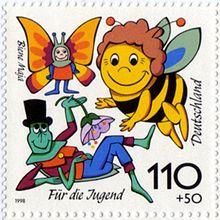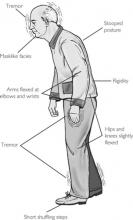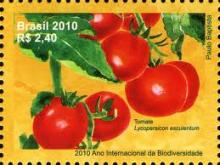
L'autorisation de mise sur le marché (AMM) du Cruiser 350 pour l'année 2010 a été annulée par le Conseil d'Etat le 3 octobre, suite à un recours de l'Unaf, l'Union nationale de l'apiculture française. Raison invoquée : le code rural prévoit des AMM pour une durée de dix ans, sauf hypothèses particulières qui ne concernent pas le traitement insecticide Cruiser 350.
Le Conseil d'Etat a jugé que le ministère en charge de l'Agriculture doit soit autoriser un produit pour dix ans si son innocuité est avérée, soit refuser l'autorisation. Donner une succession d'autorisations annuelles en stipulant qu'un réexamen complet du dossier est prévu en fin d'année est dès lors jugé contradictoire.
Une nouvelle donne dont se félicite l'Unaf, qui se bat depuis 2008 contre cet insecticide à base de thiamétoxam, qu'elle estime toxique pour les abeilles.
Syngenta s'est déclaré mardi "déçu" par la décision du Conseil d'Etat français, qui a annulé l'autorisation de mise sur le marché (AMM) du pesticide Cruiser 350 pour 2010, estimant que son insecticide n'était pas responsable de la mortalité des abeilles. "Syngenta est déçu par la décision (de lundi) du Conseil d'Etat d'annuler l'homologation du Cruiser 350 pour l'année 2010", a indiqué le numéro un mondial de l'agrochimie dans un communiqué. Selon le groupe, la décision du Conseil d'Etat "n'est pas basée sur un risque sanitaire pour les abeilles".









